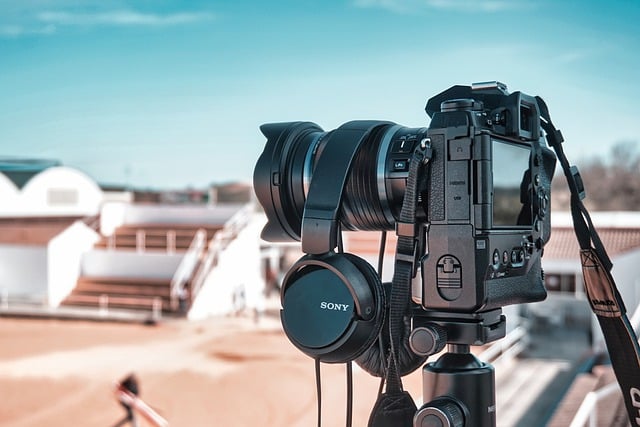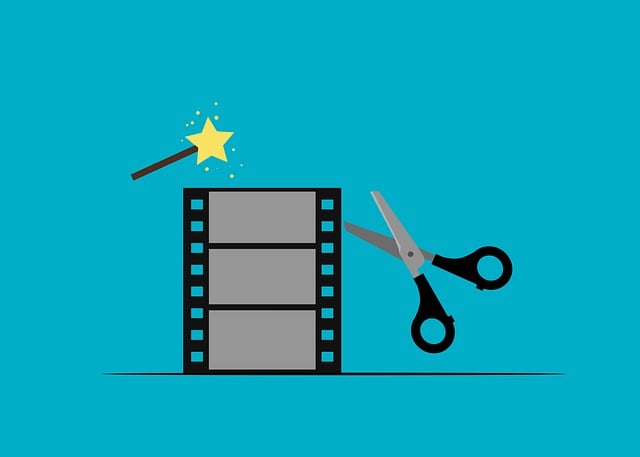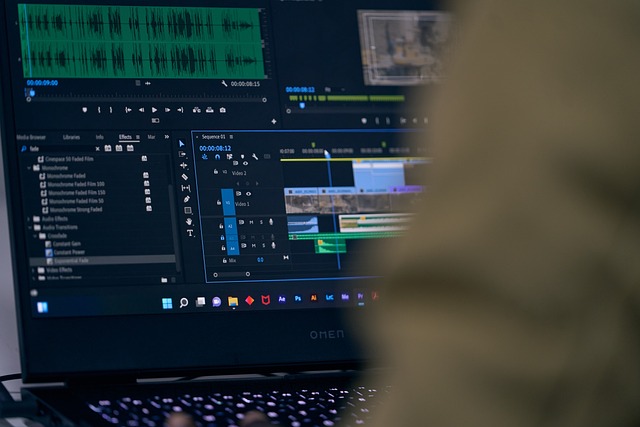The article compares DivX and AVI video container formats, highlighting their unique strengths. DivX excels in high-quality encoding at low bitrates, ideal for streaming and sharing, while AVI offers versatility with various codecs and backward compatibility. Converting DivX to AVI enhances compatibility with a broader range of media players and devices, preserving exceptional image quality through modern conversion tools. This process is particularly beneficial for online video streaming or sharing, where efficient compression techniques ensure rich visual experiences despite bandwidth constraints. By converting DivX to AVI, users can enjoy high-quality videos with reduced file sizes, making it a popular choice in the digital media landscape.
Discover the power of converting DivX to AVI for superior video quality. This article explores why these formats, even at low bitrates, deliver exceptional visual clarity. We’ll delve into the impact of bitrate on video quality and explain why choosing this conversion is advantageous. Through real-world examples, witness the dramatic improvements in image clarity after the process. Learn how to enhance your videos by converting DivX to AVI today!
Understanding DivX and AVI Formats

DivX and AVI are both video container formats, but they represent different stages in video compression technology. DivX, developed by DivX Holdings, is known for its ability to provide high-quality video encoding at relatively low bitrates. This makes it a popular choice for online streaming and file sharing due to its efficient size-to-quality ratio. On the other hand, AVI (Audio Video Interleave) is an older format that was introduced by Microsoft in the 1990s. It supports various codecs and is generally considered backward compatible, making it versatile for different video needs.
Converting DivX to AVI can be beneficial when you want to ensure compatibility with a broader range of media players or devices. This process allows users to maintain the exceptional image quality offered by DivX while also benefiting from the wide support that the AVI format enjoys. With modern conversion tools, this process is straightforward and can be achieved without any significant loss in video quality.
The Impact of Bitrate on Video Quality

The quality of a video is significantly influenced by its bitrate, which determines the amount of data used to represent each second of footage. Lower bitrates result in smaller file sizes but can lead to reduced visual fidelity, introducing artifacts and lowering resolution. This is where innovative codecs like DivX come into play, designed to compress videos efficiently without sacrificing too much quality. By using advanced compression techniques, DivX allows users to Convert DivX to AVI with minimal loss, ensuring that the video retains its sharpness and clarity even at lower bitrates.
In practical terms, this means that when you convert a DivX file to AVI for storage or sharing purposes, the output video can maintain exceptional picture quality. This is particularly beneficial for streaming or sending videos over the internet, where bandwidth limitations might otherwise force users to settle for lower resolutions. By optimizing the bitrate, DivX enables content creators and viewers alike to enjoy rich visual experiences, even under constraints, making it a powerful tool in today’s digital media landscape.
Why Choose Convert DivX to AVI?

Converting DivX to AVI offers several compelling advantages that make it a popular choice for many users. One of the primary reasons is the guarantee of exceptional image quality, even when dealing with low bitrates. This is particularly beneficial for those who want to optimize video files for online streaming or storage while maintaining high-definition visuals.
Additionally, converting DivX to AVI provides compatibility with a wide range of media players and editing software, making it versatile and user-friendly. The AVI format is known for its stability and support across different platforms, ensuring that your videos can be accessed and enjoyed seamlessly by a broad audience.
How the Conversion Process Enhances Image Clarity

The process of converting DivX to AVI significantly enhances image clarity, thanks to advanced compression techniques employed by both codecs. DivX is renowned for its ability to maintain high-quality visuals while reducing file sizes, and converting it to AVI further optimizes this advantage. During conversion, the software cleverly allocates resources to preserve edge details, textures, and fine lines within the image, ensuring they remain crisp and distinct even at reduced bitrates.
This meticulous approach results in a clearer, more refined output, making it ideal for situations where storage space is limited or streaming over less robust connections. Whether you’re compressing videos for online sharing, long-term archiving, or any other purpose, converting DivX to AVI ensures your visuals remain as sharp and impressive as originally intended.
Real-World Examples: Comparing Before and After

In real-world applications, the ability to maintain image quality at low bitrates is a game-changer for video compression. For instance, when converting DivX to AVI, users can significantly reduce file size while preserving detailed visuals and crisp audio—a feat that was once challenging due to the loss of quality at lower bit rates. This is particularly beneficial for streaming services and online content delivery, where efficient file sizes are crucial for fast loading times without compromising viewer experience.
A before-and-after comparison illustrates this point perfectly: a video originally encoded at a high bitrate with DivX can be converted to AVI with a much lower bitrate, resulting in smaller file size without noticeable degradation in picture or sound quality. This is a testament to the technology’s advancement and its impact on enhancing video sharing and accessibility.
Converting DivX to AVI can significantly enhance video quality, especially at lower bitrates. By understanding the impact of bitrate on image clarity and exploring real-world examples, it’s clear that this conversion process offers a compelling solution for preserving and sharing exceptional visual fidelity. Whether for archival purposes or to streamline multimedia content, choosing to convert DivX to AVI ensures videos maintain their stunning detail and vibrancy.
